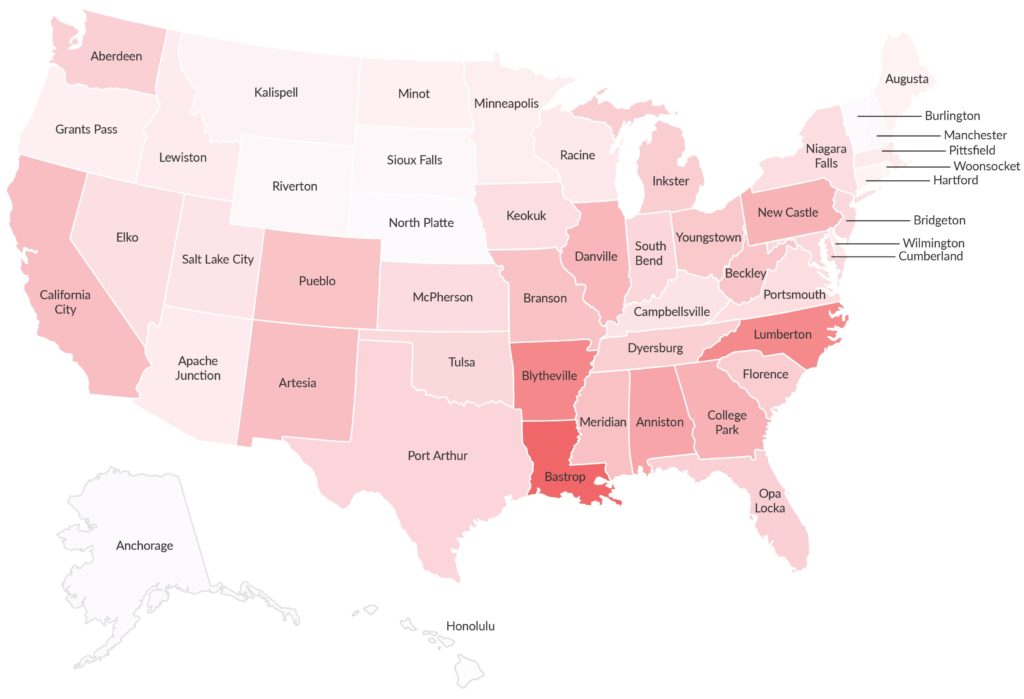When it’s time to move to a new city, many people take crime stats into consideration. The number one place for the average person to find crime information is online. However, some police and crime stat experts say that these online crime statistics can be misleading—the numbers don’t always tell the whole story. Below are some tips for understanding what crime stats really mean and how this information can be helpful to us.
Consider the Location
When looking at crime stats, take the location into account. The location goes beyond the physical address or the neighborhood. If you’re looking at a property that’s near a hospital, police station, or a school, the numbers might be off. That’s because these locations are places where crimes are typically reported. The crime hasn’t necessarily taken place in the area, but because the crime is reported there, the numbers show the area as a high crime rate.
For example, if you live near a police station, you may think you are in a safe neighborhood. And chances are that you are in a safe place. However, crime statistics around a police station are higher. Because of the larger concentration of police officers coming and going, more traffic stops happen here, more crimes are detected, and more arrests are made. People also come to the police station to report a crime or to turn themselves in, all adding to the “crime stats” of the area.
Remember Human Error
Incorrect data can sometimes be due to human error. Mistakes often happen due to coding table errors, miscalculations, or any number of errors associated with keeping track of large amounts of data. A missed key as someone is entering information in the computer or a simple lack of understanding can affect the crime statistics. It’s always good to check multiple sources, to see if there is a common thread among crime reports. If you notice one report shows the area you are looking at with a high crime rate, but another reports shows the area with a low crime rate, chances are there was a simple human error made along the way.
Keep in Mind Unreported Crime
Another thing to consider is unreported crime. Unfortunately, many crimes go unreported. When crime reports are made, only the information that is available at the time can be considered. There may actually be more crime in a certain area that hasn’t been reported.
Along the same lines, it’s difficult to compare cities with crime rate data as well. Some cities have a more relaxed view when it comes to crime. For example, larger cities, like New York City or Los Angeles, don’t report every crime that occurs because of the level of crime happening. Often a small crime, such as shoplifting, will go unreported because the police agencies are busy dealing with larger problems, like homicide or home burglary. Whereas smaller cities, like Topeka, Kansas, may report all crimes, including shoplifting. In cases such as these, Topeka appears to be a higher crime area than larger cities.
Not all crime reports are created equal. Take a look at multiple sources before you make a decision on where your next home will be located. What will you do to ensure you are getting accurate information?
Photo courtesy of SukantoDebnath.


